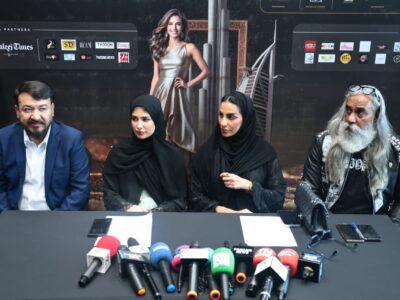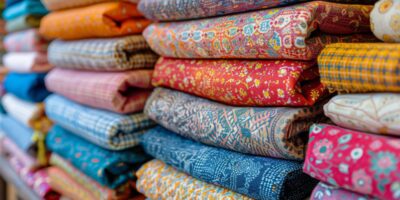
The Middle East and North Africa (MENA) region is renowned for its rich textile heritage and distinctive style. In recent years, this region has witnessed a transformative wave in the fashion industry, led by a new generation of designers and entrepreneurs who blend creativity with sharp business acumen. These innovators are not just changing the way fashion is perceived in the region but are also making a mark on the global stage. This article delves into how these trailblazers are reshaping MENA’s fashion landscape, introducing novel concepts and sustainable practices that could redefine the future of fashion.
A New Wave of Fashion Pioneers
The fashion landscape in MENA is vibrant and diverse, characterized by its luxurious fabrics, intricate embroidery, and bold colors. Today’s fashion innovators in the region are building on this rich heritage, infusing traditional designs with contemporary trends to create globally appealing fashion statements. These designers and entrepreneurs are distinguished by their ability to merge artistic expression with sustainability and technological integration, setting new standards in the fashion industry.
Driving Creativity with Cultural Heritage
One of the most distinctive aspects of MENA’s fashion evolution is the deep respect for cultural heritage. Designers are increasingly using their platforms to revitalize traditional crafts, such as hand embroidery, weaving, and beadwork, thereby preserving their culture while providing economic opportunities to local artisans. For instance, Moroccan fashion designers have been instrumental in bringing Berber rugs and tapestries into high fashion, transforming these traditional products into chic, contemporary attire and accessories.
Embracing Sustainability
Amid growing global concerns about the environmental impact of the fashion industry, MENA’s innovators are leading the charge in sustainability. They are redefining the production processes and materials used in fashion, opting for eco-friendly fabrics like organic cotton, linen, and recycled materials that significantly reduce the environmental footprint. Moreover, these leaders champion the slow fashion movement, advocating for quality over quantity and durability over disposability, which resonates well with the global audience increasingly concerned with sustainable consumption.
Leveraging Technology
Technology’s role in transforming the fashion industry cannot be understated, and MENA’s innovators are at the forefront of this revolution. From using 3D printing for intricate designs to incorporating AI in tailoring personalized outfits, technology is becoming a staple in the modern fashion toolkit. Virtual reality (VR) and augmented reality (AR) are also being employed to offer unique shopping experiences to customers, allowing them to try on clothes virtually before making a purchase. These technological advancements are not only enhancing customer experience but are also streamlining production and distribution processes, making fashion more accessible.
Overcoming Challenges with Business Acumen
While creativity is at the heart of fashion, successful entrepreneurs also display keen business acumen. Navigating the competitive fashion industry requires a solid understanding of market dynamics, consumer behavior, and strategic branding. MENA’s fashion leaders are adept at identifying niche markets, understanding the global fashion trends, and strategically positioning their brands to appeal to both local and international markets. They also leverage social media and digital marketing to build brand presence and engage with a broader audience, utilizing platforms like Instagram and Pinterest to showcase their collections.
Challenges and the Path Forward
Despite the enthusiasm, these innovators face significant challenges, including political instability in some regions, economic fluctuations, and the logistical complexities of reaching a global market from MENA. Moreover, breaking the stereotypes associated with Middle Eastern fashion and gaining acceptance in the highly competitive global fashion market continue to be substantial hurdles.
Conclusion
The fashion entrepreneurs of the MENA region are crucial players in the global fashion arena, known for their innovative blending of tradition with modernity and sustainability with style. As they continue to push the boundaries of fashion, they not only contribute to the region’s economic development but also play a pivotal role in shaping global fashion trends. Their journey from local markets to international runways exemplifies how creativity combined with robust business strategies can overcome challenges, making a lasting impact on the world’s fashion landscape. As these innovators continue to grow, they not only redefine what is possible within their regional context but also inspire a new generation of designers worldwide.














